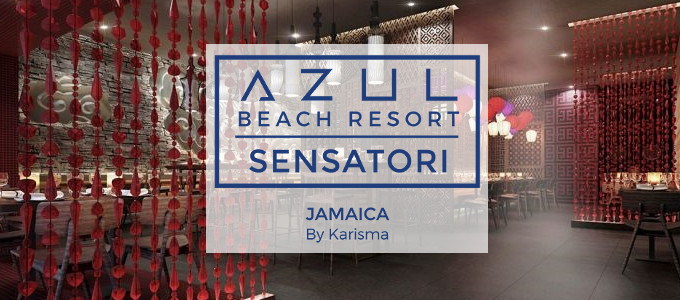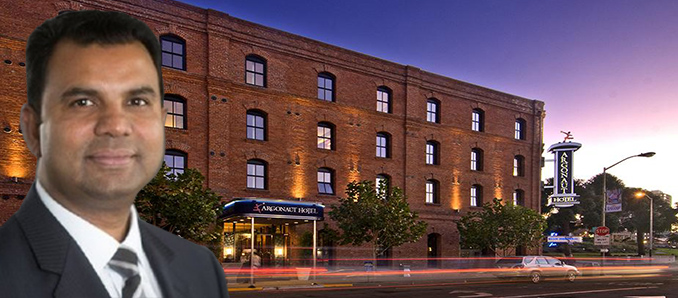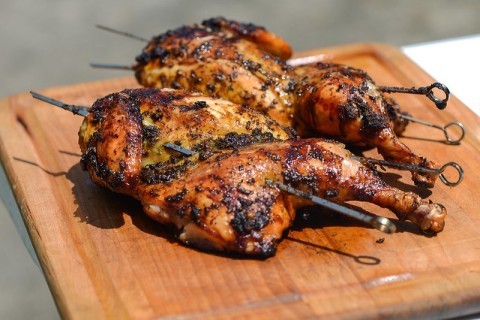Azul Beach Resort Sensatori Jamaica by Karisma and questions with VP of Food & Beverage Operations, Jeroen J. Hanlo

By Tiffany Leigh
At the end of June 2017, the Prime Minister of Jamaica, Andrew Michael Holness, welcomed phase two of Karisma Hotels & Resorts and its latest project into the country.
 Karisma is a line of luxury hotels with properties in Latin America, the Caribbean, and Europe. With the now completion of Azul Beach Resort Sensatori Jamaica by Karisma, the property is currently one of the newest family members. Located about an 1 hour and 20-minute drive west of Montego Bay airport, phase one of the property opened 4 years ago with 136 beachfront suites and was oriented towards the European market, in particular, the United Kingdom. Whereas the new phase two offers an additional 149 luxury suites and is focused on the American and Canadian markets. The two properties stretch along the Seven Mile Beach in Negril, offer private swim-ups, and views of the Caribbean Sea. The resort as a whole is all-inclusive and they share spa/gym facilities, restaurants, and bars between them.
Karisma is a line of luxury hotels with properties in Latin America, the Caribbean, and Europe. With the now completion of Azul Beach Resort Sensatori Jamaica by Karisma, the property is currently one of the newest family members. Located about an 1 hour and 20-minute drive west of Montego Bay airport, phase one of the property opened 4 years ago with 136 beachfront suites and was oriented towards the European market, in particular, the United Kingdom. Whereas the new phase two offers an additional 149 luxury suites and is focused on the American and Canadian markets. The two properties stretch along the Seven Mile Beach in Negril, offer private swim-ups, and views of the Caribbean Sea. The resort as a whole is all-inclusive and they share spa/gym facilities, restaurants, and bars between them.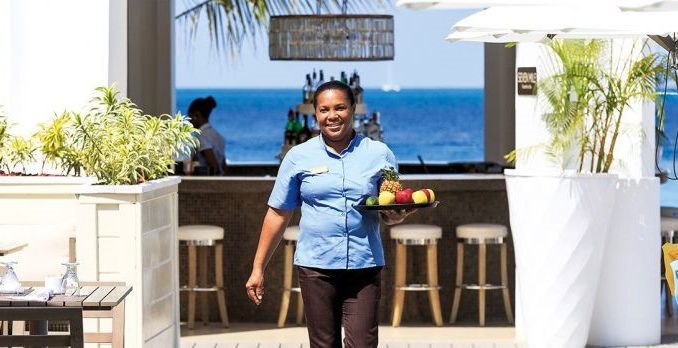
One of the primary focuses of Karisma is to “redefine the all-inclusive concept as a luxury product”. This includes its cuisine which is dubbed as “Gourmet Inclusive restaurants and bars” and features access to nine different restaurants from à la carte, buffets, to food displays. In addition to “genuine Jamaican cuisine” offered on site, also available to guests is international fare which includes Italian, Thai, and Mediterranean food.
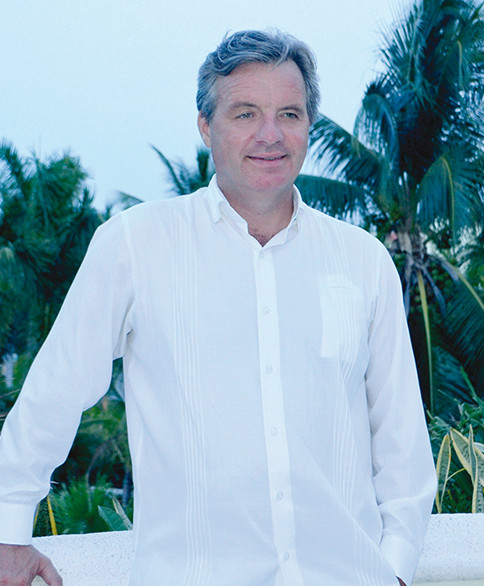 Spearheading the gastronomy program is VP of Food & Beverage Operations, Jeroen J. Hanlo.
Spearheading the gastronomy program is VP of Food & Beverage Operations, Jeroen J. Hanlo.
For 30 years he’s worked as an executive chef in the culinary industry including in Michelin-starred kitchens as well as the Ritz-Carlton in Cancun. Since 2003, he’s been with Karisma Hotels & Resorts and in charge of bringing authenticity and appeal to the food programs at each property.
While he brings his fine-dining expertise to Karisma brands, running the culinary program at a resort versus independent restaurants is “another beast altogether”. In a conversation with Chef, he explains how the process is a never-ending balancing act to preserve and showcase a country’s authentic cuisine — and at the same time appeasing to those clients with more conservative palates.
How much did you know about Jamaican food before you started this program?
Not much, to be honest. 2014 was my first time in Jamaica. So my aim was to hit the ground running and to absorb as much as possible. I did this by traveling extensively throughout the country and trying as many dishes as possible.
One of the primary stigmas against “resort food” is that it is dulled-down for “western palates”. How do you ensure that you offer an “accurate portrait” of Jamaica on a plate?
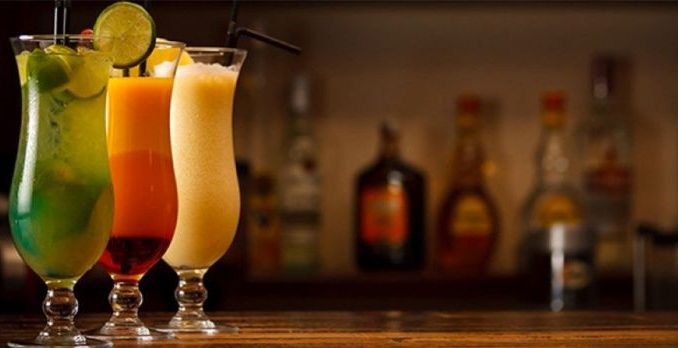
I have our Jamaican chefs involved to execute, drive, and maintain authenticity, which includes sourcing of regional ingredients. The difference is that we’ve learned about how much to push the boundaries of spice and heat for our hotel guests; we season based on their palate needs. As well, while the flavors of hallmark dishes are preserved, our presentation of such beloved classics arrive to the table as more refined.
How do you know how far to “push the boundaries”?
Firstly, it is about setting expectations. Guests who are more conservative in trying flavors that are foreign to them want to know that an opportunity to try Jamaican specialties exists and is available to them. That they consume it right away is not the point — just knowing that it is there — will allow guests to warm up to it. And secondly, we have nine different restaurants on the property — so in addition to trying international flavors, if you want a purely Jamaican experience, we have Ackee restaurant which showcases Jamaican and Caribbean cuisines. Guests get to try callaloo (the country’s staple vegetable; it is the green leaves of the Amaranth plant and usually sautéed with spices, onions, garlic, and scotch bonnet peppers) pumpkin cream soup, fritters (deep fried dough) and more and enjoy it while dining out on the oceanfront and in the moonlight.
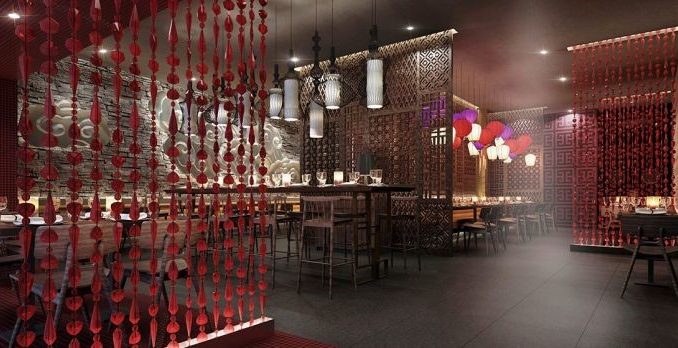
Karisma Hotels & Resorts
Are there challenges to this model? For instance, stewed chicken feet is a staple in stews and soups in Jamaica. Would you offer it to guests?
To be honest, no. In my experience, people will look at it and say “you’re pushing it”. So we know right away that there is no use in trying that here because guests either don’t want to understand it or are not willing to try it. Also — you have to see it from a business standpoint — not only as a chef. I would love to offer a range of off-cuts and specialties but if the product doesn’t sell, it’s money wasted.
Do you find this interesting? Especially since our climate has become so “foodie” obsessed? When perhaps, in reality, the majority of palates are still quite reserved.
I think the food needs to be recognizable. The cooking methods and the spices can be changed but if the ingredient itself is not familiar, guests won’t touch it. Kidneys for instance — even if prepared well and are delicious, wouldn’t be ordered. Liver perhaps…but as I said before, our guests are of the mentality that “I want to try…but don’t push it too far.”
The Minister of Tourism, Edmund Barlett, spoke about the sustainability of the country in terms of striking a balance between tourism initiatives and preserving the natural beauty of Jamaica. What are your sustainability practices for the food program here in terms of mentoring and guiding your staff?
Our training program is inclusive and hires local Jamaicans; we show them the comfort and street foods that they eat at home can be found on the property — but that at Azul, they are presented in an elevated/gourmet manner. As well, we always aim to expand horizons; we’re all about an exchange of ideas and learning from one another. In fact, we’ve sent a few of our culinary staff to our properties in Mexico and Croatia. It helps to expose them to gastronomy trends abroad, also how gourmet food is done on a large scale, and what we’re collectively trying to achieve as a whole company. I think it’s great — staff come back inspired and full of ideas to share.
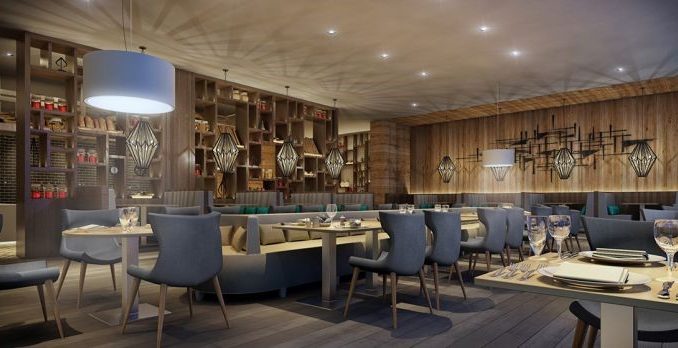
You touched on the business aspects of running resort properties. How do you “guide” guests to try certain items on a menu?
It’s a combination of experience (knowing what will sell well) — and menu positioning. I’ve been working with a psychologist to layout the menu accordingly. For instance, beef tenderloin and pork loin will always sell well — so it will gain “first positions” in a listing. Knowing this — we balance out positions of specific dishes on the menu (ones that are “wild” vs. staples). We know how people peruse menus so we guide them on what to pick this way.
What do you envision for Azul Beach Resorts in 5 years?
I want to do a culinary series in our Mahogany restaurant, here on the property — similar to what we offer currently at our Mexican property (Canadian Beef Series + Jackson Family Wine pairings). Right now, I’d love to pair our Jamaican dishes with Californian and eventually international wines.
Also – I want to continue to develop the fine dining experience at our resorts. I’ve worked with architects to ensure that the restaurant layout echoes that of the surroundings. I firmly believe that we can enhance the sensory dining experience when the food matches that of the natural beauty of a country.
Lastly, I want to source more locally and step away from importing. Currently, the produce like fruits and vegetables are 70% Jamaican and I’m pushing for 100% in the next few years. To help with this, I’ve brought over seed strains that are more resilient (with stronger genes) for the local farmers to grow. For instance, heirloom and cherry tomatoes, basil, and oregano. I meet with these growers to mentoring and teach about more efficient ways of farming and to produce higher quality products to use.



